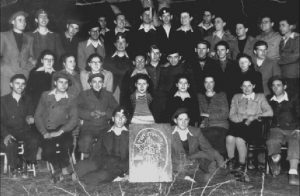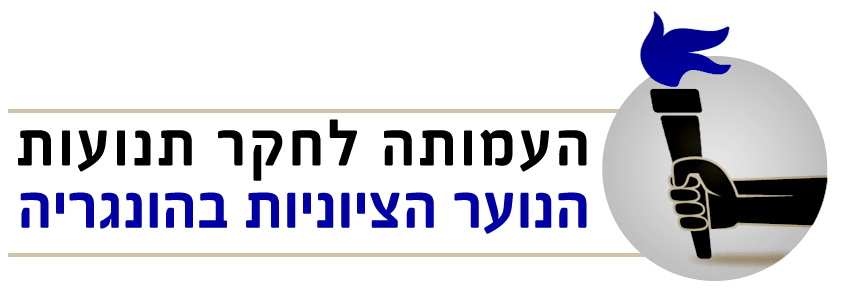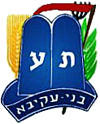׳Bnei Akiva׳
The youth movement of HaPoel Hamizrahi was founded in 1929 in Jerusalem, and was based on the principles of religion and halutziut. Bnei Akiva established chapters in Eretz Israel and throughout the world. The Israeli chapters founded kibbutzim and moshavim. This movement began in Hungary as Hashomer Hadati, in 1930. At a conference in 1932, the organization’s name was changed to Bnei Akiva, and its most active years were 1939-40, when chapters were established throughout Hungary and many members embarked on agricultural or urban Hachshara training programs. In 1942 Bnei Akiva transferred dozens of members, mainly Hungarian speakers, from Slovakia to Hungary. Following the German entry into Hungary on 19 March, 1944, the movement began rescue activities, including the forging of documents and the establishment of “protected houses.” Some of the movement’s members carried weapons, but for defensive purposes and not for militant activity. Bnei Akiva was one of the member organizations in the Glass House, and was allocated space in the attic, which was called the Bnei Akiva attic. Starting in the summer of 1944, rescue activities included “tourist trips” that were a cover for smuggling Jews across the border into Romania. Bnei Akiva also distributed food and money to the starving Jews in Budapest. Many of the movement’s members were caught, tortured and jailed, and some were murdered by the fascists.

׳HaMizrahi׳
Religious Zionism, known as HaMizrahi, viewed itself as a spiritual center. This movement held the preparatory convention for its first congress in 1902, in Vienna. In 1904 the first HaMizrahi world convention was held in Pozsony, in Bratislava. HaMizrahi’s center was moved to Germany and was headed by Rabbi Meir Berlin, Rabbi Fischman and Moshe Schapira. In 1922 HaPoel HaMizrahi was founded in Jerusalem, and its youth movement is Bnei Akiva. Religious Zionism, headed by HaMizrahi, held a major position among the Zionist movements in Hungary, and at various times accounted for one third of their membership. As early as 1902, the Orthodox leadership issued a ban against religious Zionist activities. This ban was renewed in 1927, but the Zionist idea found an attentive ear among religious circles. The main HaMizrahi activists in Hungary and the movement’s representatives in the community and Zionist organizations were Salamon Mihaly, Jeno Fraenkel and Dr. Bela Ungar. HaMizrahi operated in Hungary until 1949.

